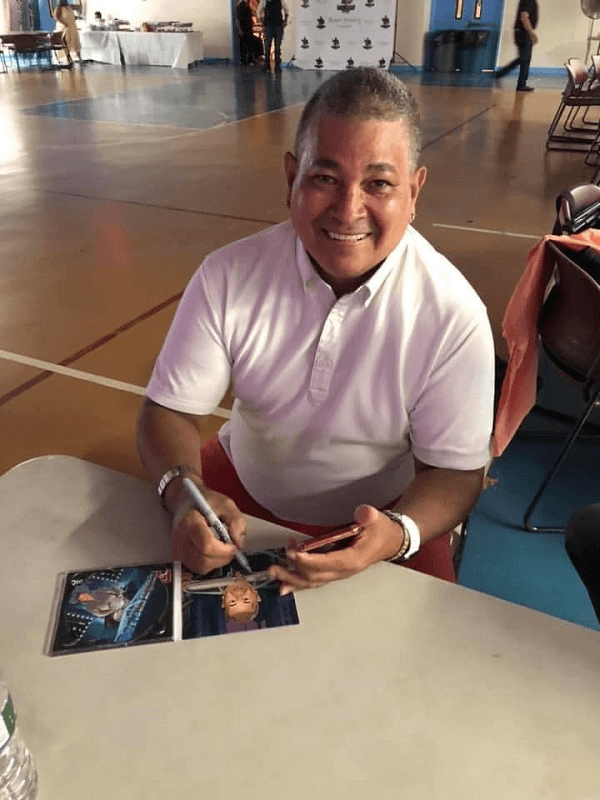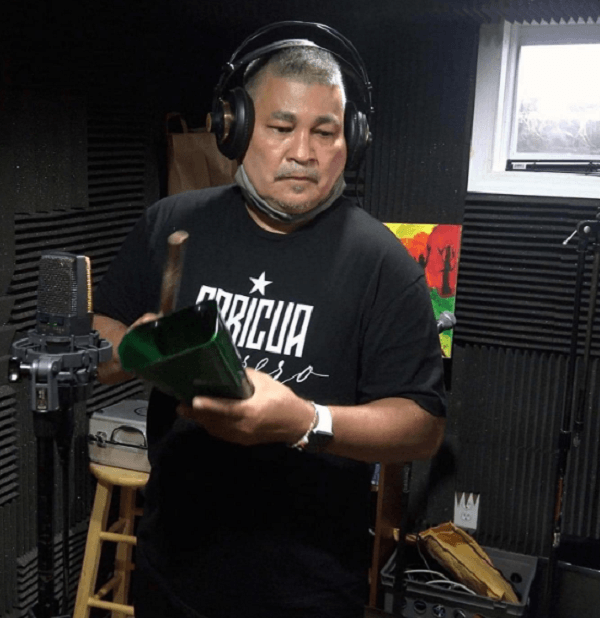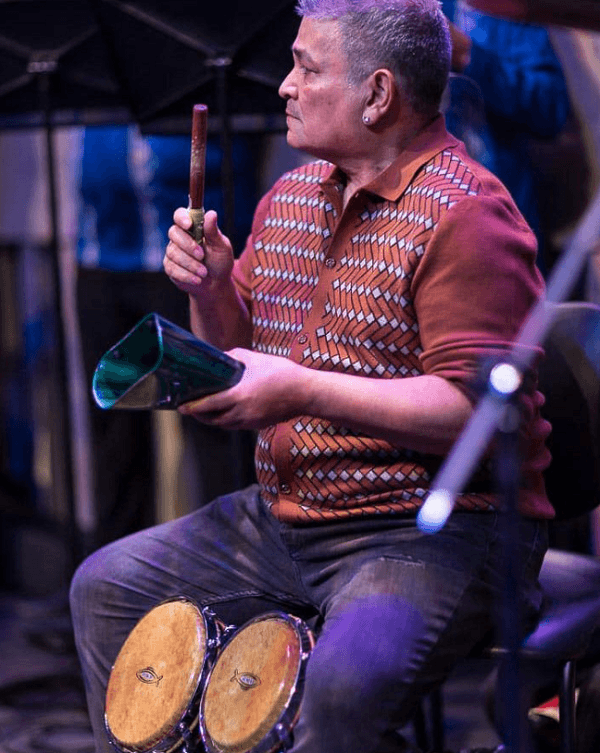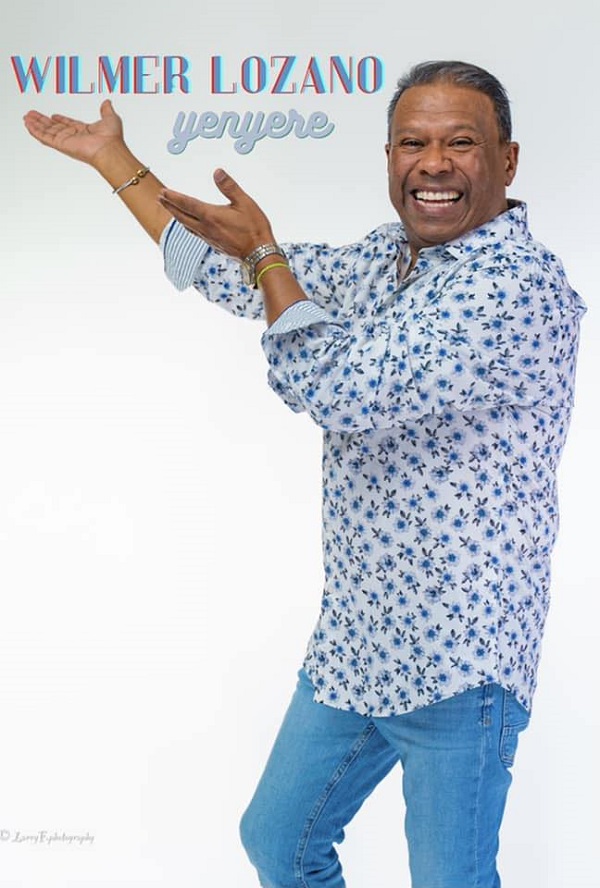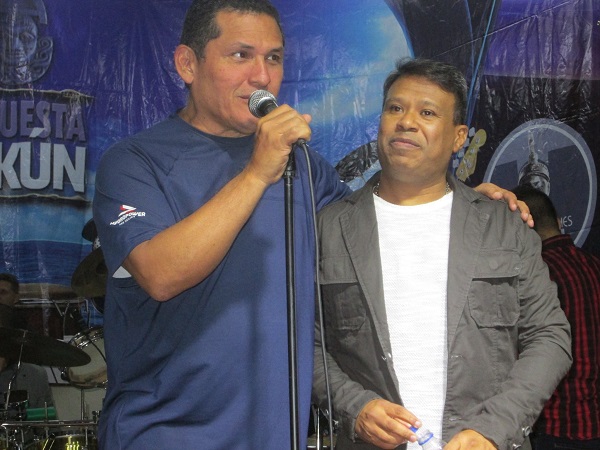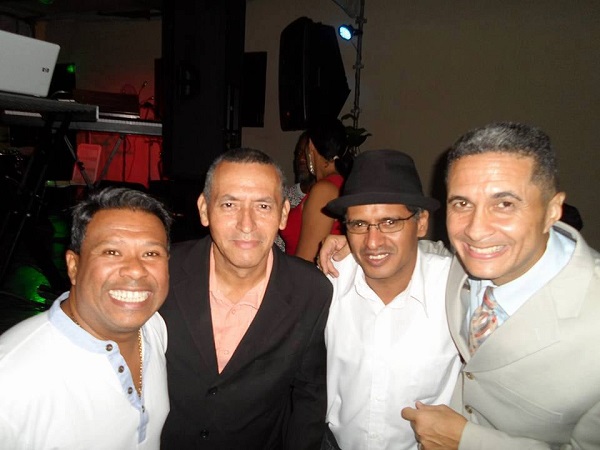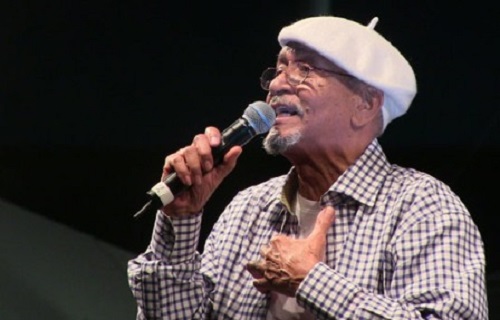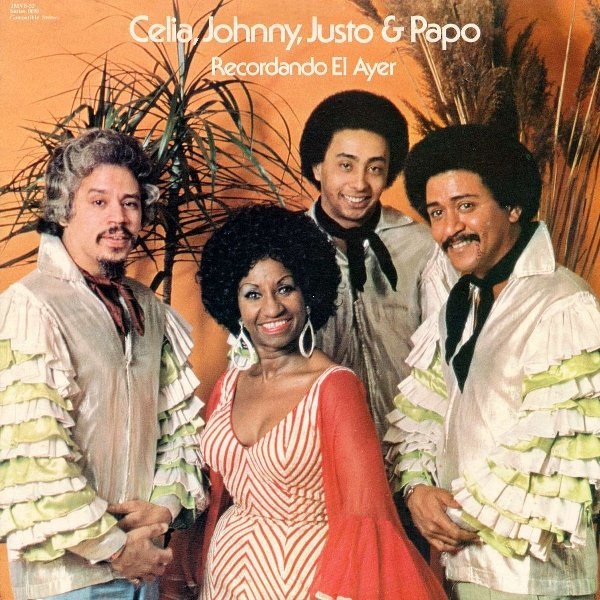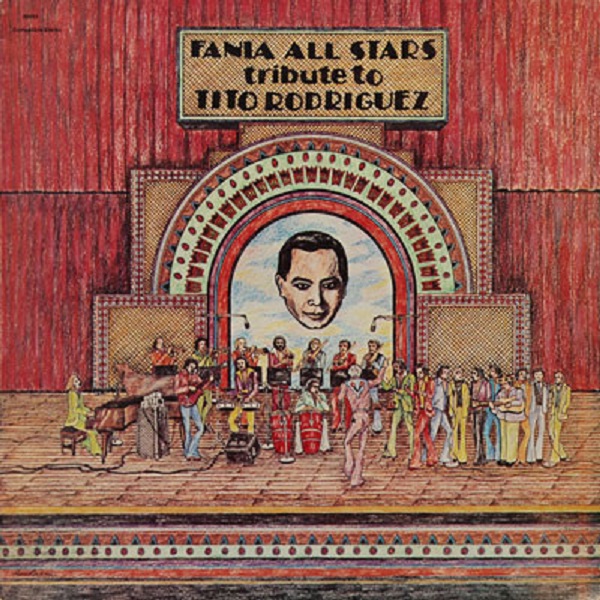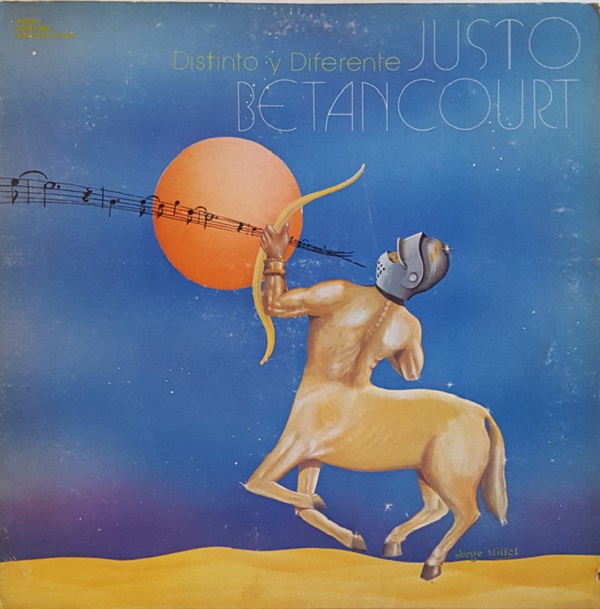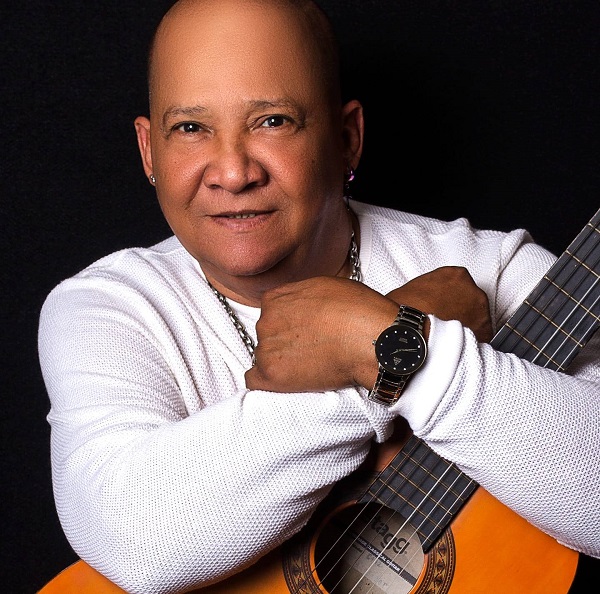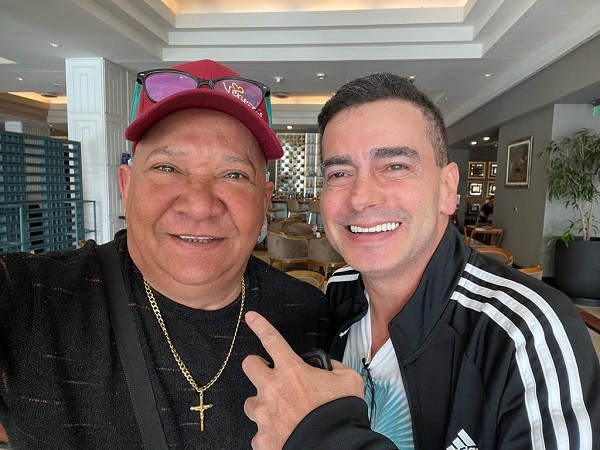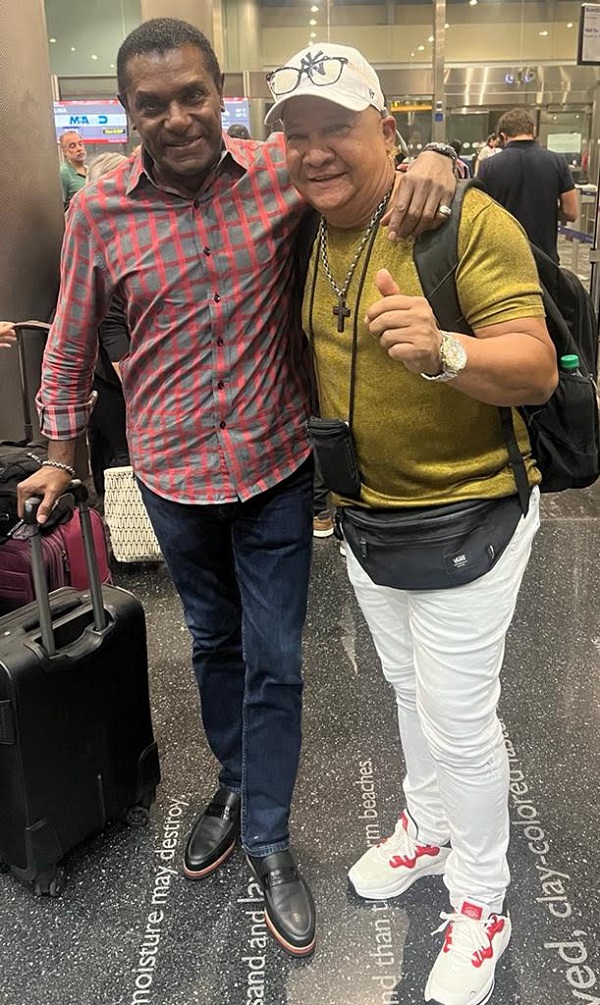Throughout his career, José Ernesto Parra has consolidated his place in the history of salsa. Each project in which he has participated reflects his great talent.
José Ernesto Parra was born in Santurce and grew up in Bayamón, Puerto Rico. From a very early age, he was an admirer of the music of La Sonora Ponceña and El Gran Combo de Puerto Rico. Later, Héctor Lavoe, Frankie Ruiz and Luisito Carrión became his references.

Before deciding on singing, he was captivated by percussion, focusing on the conga and drums.
Eventually, he began to explore his vocal ability, with the help of composer and music teacher Rafy Monclova. This training led him to become a singer, while helping him develop his distinctive interpretive style.
In 1989, José Ernesto Parra joined the orchestra of singer Viti Ruiz, just at the time when the latter was beginning to enjoy success with the hit ‘Caricias Prohibidas’. For two years, José Ernesto was part of Viti’s orchestra, which allowed him to perform his first shows outside of Puerto Rico, marking the beginning of his career in the international music scene.
Having been part of Viti Ruiz’s orchestra, later opened doors for him with Pupy Santiago’s orchestra and with Anthony Cruz’s orchestra, where he remained for four years. José Ernesto considers his time in Anthony Cruz’s orchestra as a key phase in which he consolidated his artistic training.

Later, the renowned musician and producer Julio “Gunda” Merced identified José Ernesto Parra’s talent, selecting him as a backing vocalist for a series of recordings of artists belonging to the Musical Production M.P. label. During that period, José Ernesto’s voice was recorded in important projects for artists such as Anthony Cruz, Giro, Los Hijos de los Célebres, Luisito Carrión, Pedro Conga, Tito Gómez and Tito Rojas, among others. Thus, he was able to hone his skills as a vocalist while collaborating with the production team in the creative process behind some of the greatest salsa hits.
In addition, José Ernesto Parra stood out as the lead singer in the short-lived but innovative group Salsa 2000, expanding his experience in the salsa field, demonstrating his versatility and interpretive abilities. He also played an important part in the album Con el golpe de siempre, with which Pedro Conga’s La Internacional orchestra celebrated its 35th anniversary. For the latter, José Ernesto sang the songs ‘Contigo estaré’, ‘Si me vuelvo loco’, ‘No quiero, no puedo’, ‘El ritmo que pica’ and ‘Parece’.
In 2001, José Ernesto Parra joined Luisito Carrión’s orchestra as a chorister. In 2002, he participated in the First Soneros Festival in Orlando, Florida, USA, sharing the stage with veteran vocalists such as Chamaco Rivera, Héctor Tricoche, Junior González, Luigi Texidor, Yolanda Rivera and Tito Allen, among others.
That stage laid the groundwork for the creation of his record production Así es la vida, published under the M.P. label. The album included songs by renowned composers such as Harry Suárez, Mimi Ibarra, Pedro Jesús and Rando Tamasta. In addition, it featured arrangements by the talented Julio “Gunda” Merced, Ramón Sánchez and Rafael “Bodo” Torres. Among the songs on the album are ‘Morir por amar’, ‘Solo por ti’, ‘Un amor así’ and ‘Cosas bonitas’.

Later, and for a brief but significant period, José Ernesto further expanded his professional horizon by collaborating with the Don Perignon orchestra and with Tommy Olivencia’s La Primerísima. These interventions offered him the possibility of interacting with different musical styles and approaches, strengthening his versatility within salsa.
Since 2011 and for twelve years, José Ernesto Parra stood out as a singer in the orchestra of “Míster Afinque”, Willie Rosario. His presence in the music industry was reinforced through the recording of his voice in the song ‘Ya no eres nada’, which is part of the production Evidencia (2016).
Social Networks
José Ernesto Parra (Singer)
jose.ernesto.parra
To book José Ernesto Parra you can contact him at (787) 309-2958 or write to the email: [email protected]
Also Read: Robert Tellez is undoubtedly “El más que sabe de salsa” (The one who knows the most about Salsa)

